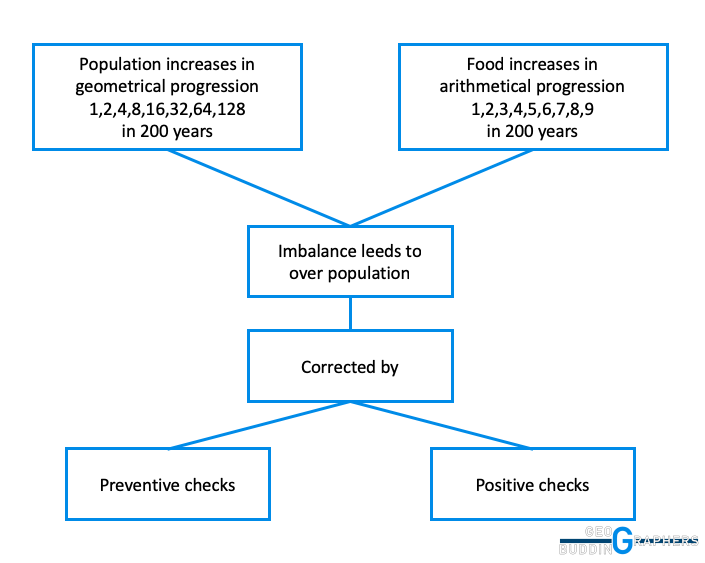

In addition to highlighting the value of comprehensive evaluation for full understanding of program impacts on the primary outcomes, the findings underscore the importance of targeting design and complementary services in food assistance or other child-targeted programming. The results demonstrate program design can have unintended consequences, but the modest estimated effects in this context likely would not have substantially modified the primary program impacts on child nutrition (Ruel et al. The positive differential effects may have been offset by other salient program features potentially that reduced fertility, related to breastfeeding and family planning.

We find modest (1–3 percentage points), differential effects on fertility indicators including pregnancy after 3 years. The universal targeting and longer duration in the preventive program implied a higher expected benefit for a household with a child compared to the recuperative program of about 7% of annual household income, lowering the cost of childbearing and potentially providing an incentive for increased fertility. The programs differed in that one (preventive) targeted all children 6–23 months old for up to 18 months, whereas the other (recuperative) targeted underweight (weight-for-age Z score < − 2) children 6–59 months old for up to 9 months.

We explore this possibility using a randomized trial in poor rural areas of Haiti from 2002 to 2005 to examine the differential effects on short-term fertility of two targeted food assistance programs. Age-based targeting, however, can have unintended consequences that may offset beneficial program impacts. Development programs often target specific groups to improve efficiency and increase effectiveness, for example, nutrition programs that target young children.


 0 kommentar(er)
0 kommentar(er)
